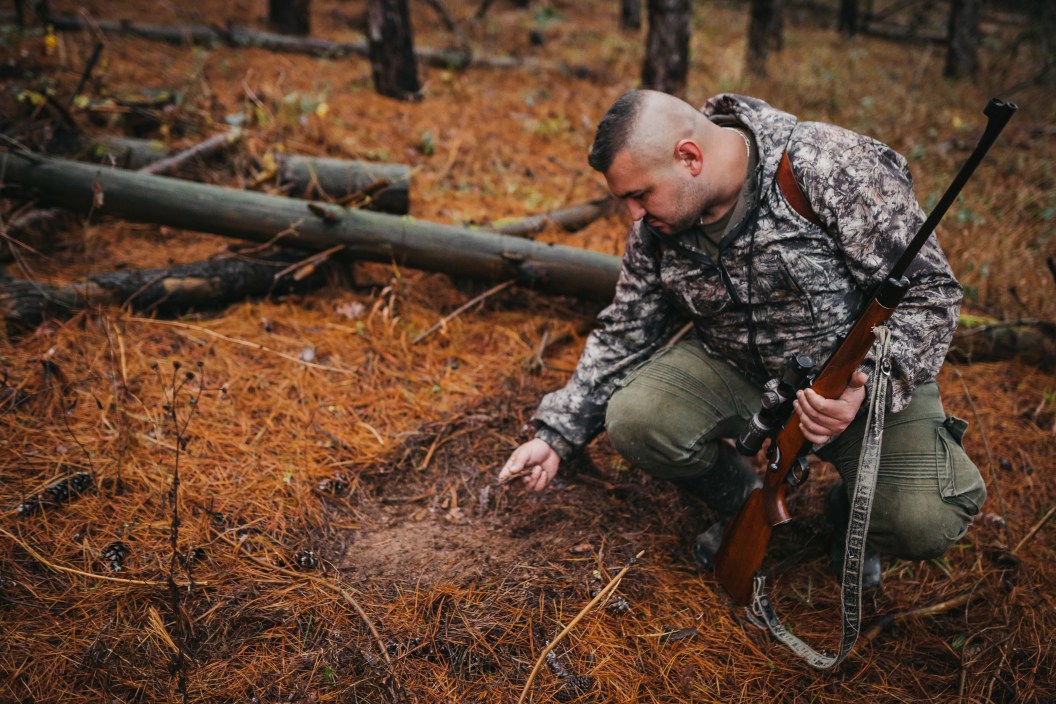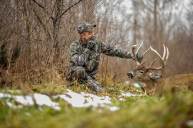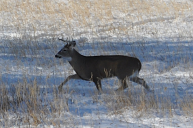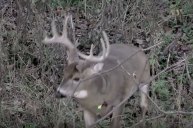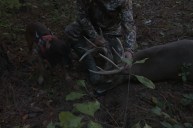All hunters know that shooting a deer is one of the easier aspects of hunting. The real work comes after the deer is down. You still have to field dress it and get it home for processing, arguably more time-consuming than the hunt itself. But what happens if you can't even find the deer you've shot to begin with?
Whether you're bowhunting or rifle hunting, going after mule deer or whitetail, every deer hunter knows this is a risk they take, and if you're in the game long enough it's bound to happen to you at least once. Your deer doesn't drop but instead bolts off who-knows-how-far to bed down who-knows-where. Deer can be easy to track if there's a blood trail, but sometimes you can't even find a drop of blood.
Without a blood trail to follow, you'll have to rely on other tactics to help you find your deer. Part of being an ethical hunter is doing everything you can to ensure a quick, clean kill. If you're having trouble locating your deer, this means expending every resource at hand to find it. Not only is it more humane, but it also ensures you aren't just walking away from a freezer full of meat. Next time you can't find a blood trail, try the following strategies to help bring your big buck home.
1. Go Back to Where You Shot It
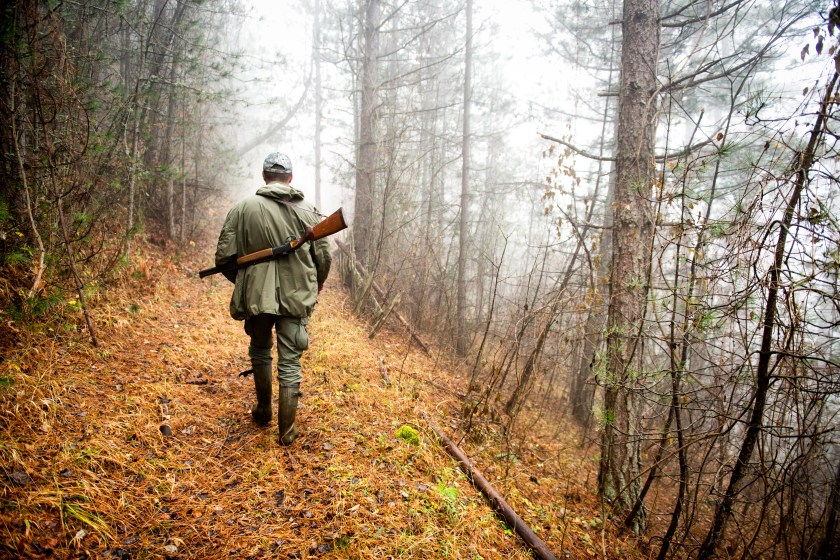
Getty Images, EXTREME-PHOTOGRAPHER
If you've already searched the nearby area for a blood trail without any luck, the next thing you need to do is get back to where you made your shot. Once there, replay the shot in your mind. How was your shot placement? Did you hit it too far forward or too far back? How did the deer react? Did it hunch like a gut shot or bolt like a vital hit?
Once you have that image in your head, look at the ground for disruptions where you hit it. It should be torn up, and there will hopefully be a clear track of your wounded deer. Look for your arrow or immediate signs of blood, but don't get too far from the shot site.
One of the biggest mistakes a hunter can make when tracking a wounded deer is to rush and go too far, too fast. You never want to bump into a wounded deer; it could give it the adrenaline needed to run another 500 yards. Give it time to bed down before starting to track it too far from the immediate vicinity of the shot. I like to wait at least half an hour before searching for blood outside twenty yards.
2. Circle Downwind
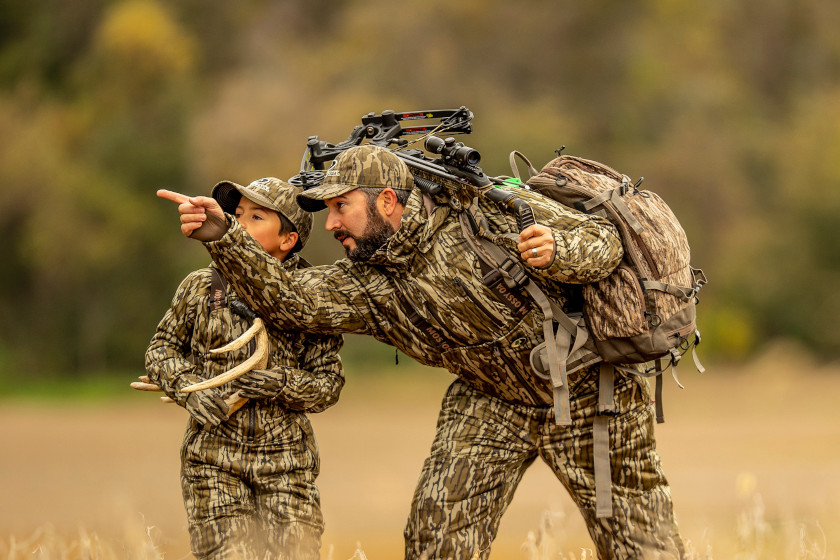
Mossy Oak for Wide Open Spaces
Once a deer is shot, it is a survival instinct for them to circle downwind of you. As prey animals, deer are well-honed to avoid any predators and you just became the number one threat to its life. They will typically circle downwind 50 to 60 yards away from you. This can be a great starting point to start looking for blood. If you don't know or remember which direction is downwind, or where the deer took off running, start walking in a 40-yard circle around your point of impact. Move slowly and keep your eyes open for the deer, tracks, or any possible blood. If it's fall, look for a white tail against the dark cover. If it's winter, look for brown fur against the snow.
3. Look For Water and Bedding
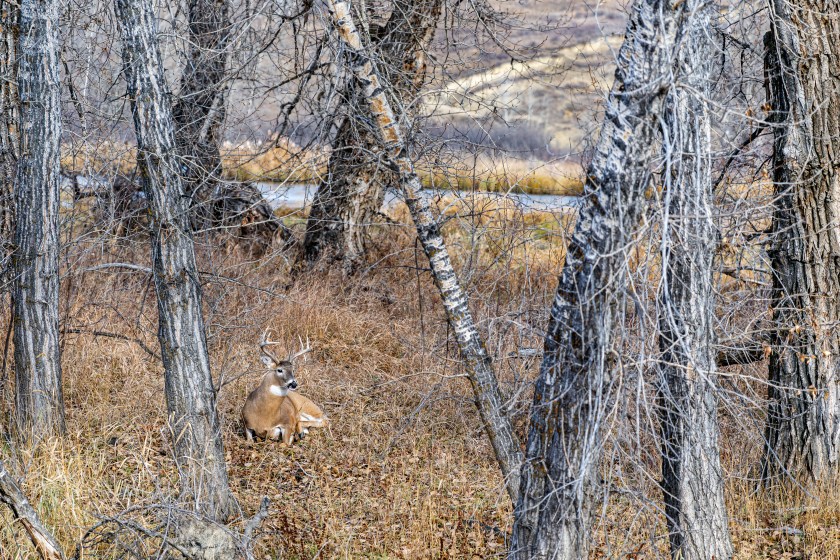
Getty Images, Gelu Popa
If you still can't find a blood trail after circling, you'll have to start looking for places that a wounded deer would likely head to. After being shot, deer seek water to replace the fluids lost in their blood. Finding a primary water source, such as a flowing creek, is a great place to search for blood. If you're not sure where to look for one, start heading downhill; there could be a creek or body of water at the bottom.
Another great place to search for a downed whitetail is in a core bedding area. After being shot, it's natural that a deer will want to go to a site where they feel safe. Hopefully, you've been tracking your deer for a while and have insight into its habits. If you have an idea of where that deer was bedding, there's a good chance that's where it is headed. Give it time and cautiously approach the area from downwind, looking for signs of blood along the way.
4. Call for Reinforcements
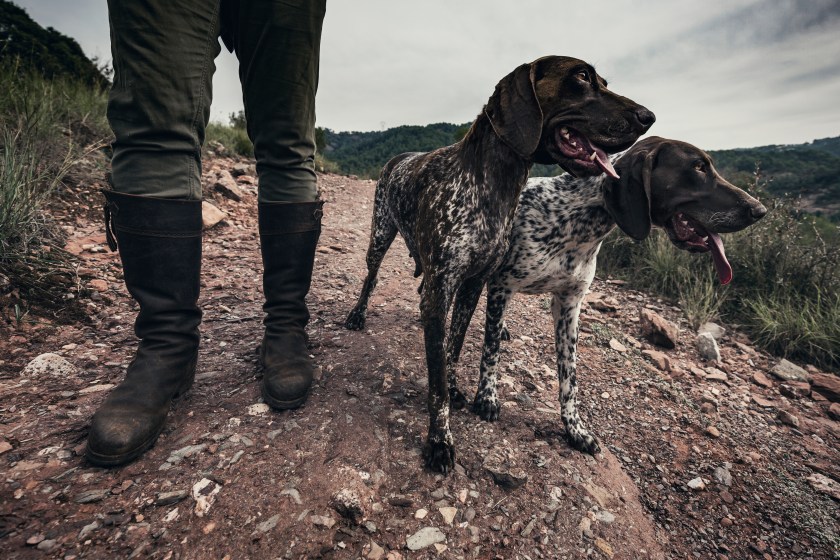
Getty Images, aluxum
If you still can't find your deer, it's time to call in some support, be they family, friends, or fellow hunter. The more eyes in the woods, the better. And, if that doesn't work, it's time to call in man's best friend.
If it's legal in your state, the best thing you can do is get some tracking dogs on the case. They aren't a guarantee, but their sense of smell is much better than yours and might get you closer or bring you right to the deer. If you and your friends don't have your own hunting dog, TRAKR, a new mobile app, will help connect you with trackers and their dogs in your local area.
Deer hunting doesn't end after the trigger is pulled or the arrow is released. It's the deer recovery tasks that can often spoil things. Although sometimes necessary, waiting to track a wounded animal until the following day can be agonizing, and finding zero red blood signs without a clue of the animal's direction of travel, is never a situation we want to encounter.
Here's hoping these tips contribute to your luck if you do.
